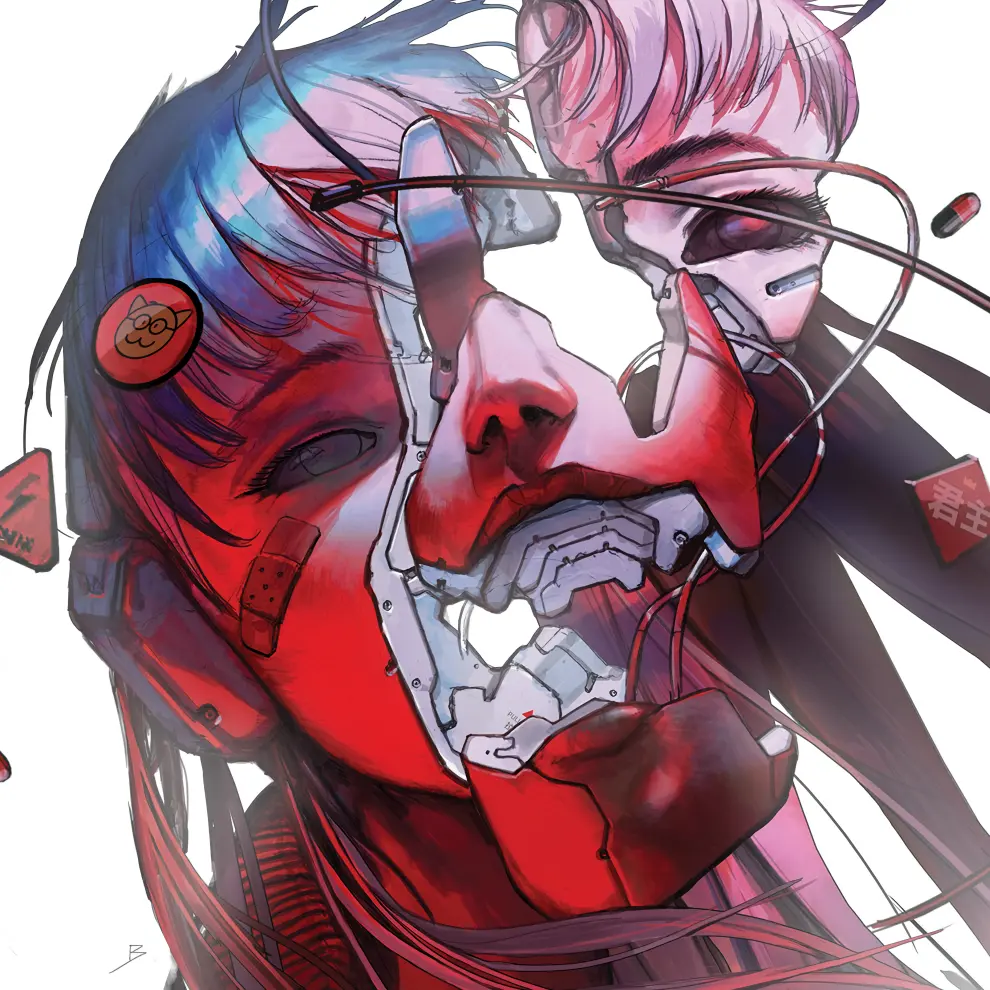Title.
You might’ve heard the fancy term ludonarrative dissonance, which describes something a lot of modern games suffer from. It’s the way games often tell stories that don’t fit within their gameplay loops. How a character can take 20 shots to the head in gameplay, and then die from a single wound in a cutscene. Or how in the story, characters can act like people who would never do the things they do do in gameplay.
This conflict doesn’t actually ruin a game most of the time. But the pictured game is one which is renowned for showcasing what can be done when gameplay is used as a narrative device, reinforcing rather than conflicting with the story. Using every element of a game in concert.


My sister played the crap out of Journey, she’d hang around the first area until another player showed up, then guide them through the game, showing the stranger all the secrets she knew, tracing hearts into the sand and such.
The embroidery on the robes actually becomes more elaborate as you find more secrets in the game, so she realized she could tell new players from experienced ones, and would guide players or look to learn from them accordingly.
She got the white robe without ever looking up where to find the symbols for it, just finding other players who’d show her where to look.
i’m glad she did, this was the coolest part when i played it!